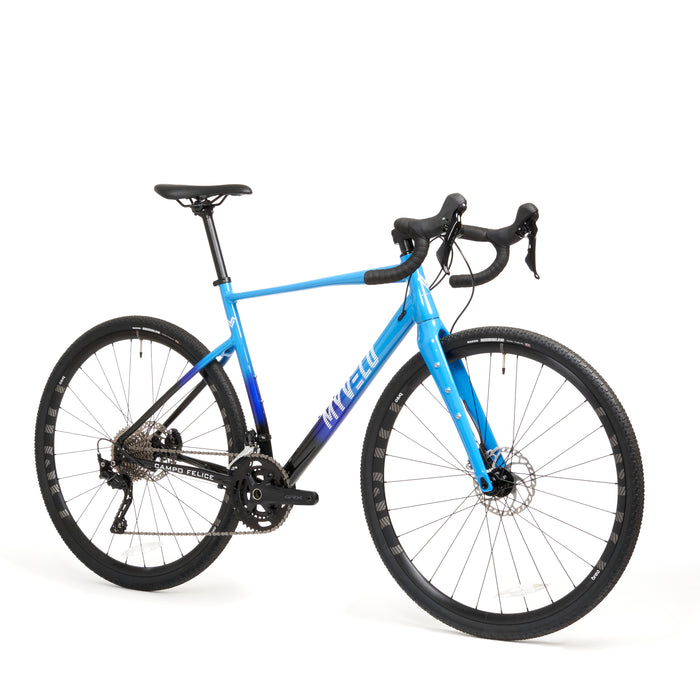
Campo Felice Gravel Bike
incl. FREE shipping & free returns

The handlebar clamp is the part of the stem component of a bicycle that attaches the handlebars to the stem. The stem is the connecting element between the head tube of the bicycle frame and the handlebars. The handlebar clamp usually includes a clamp with bolts that are tightened to securely fix the handlebars to the stem.
The size of the handlebar clamp is crucial as it must fit the diameter of the handlebar. There are different sizes of handlebar clamps, the most commonly used are:
When purchasing a new stem or handlebar, it is important to make sure that the handlebar clamp size matches the diameter of the handlebar to ensure a secure and stable connection.
The size of the handlebar clamp is important for several reasons.
Overall, the size of the handlebar clamp is important to ensure safety, stability, riding comfort and the compatibility of the bicycle components.

Fahrradpedale zu wechseln ist eine einfache, aber essenzielle Wartungsaufgabe, die jeder Radfahrer selbst erledigen kann. Ob für ein Upgrade, den Austausch abgenutzter Pedale oder den Wechsel zwischen Klick- und Plattformpedalen – mit der richtigen Anleitung gelingt der Wechsel problemlos.

Für Radfahrer, die ihre Fahrräder bequem transportieren möchten, bieten Fahrradträger eine praktische Lösung. Doch die Auswahl ist groß, und nicht jeder Träger ist gleich. Besonders bei der Wahl zwischen einem Träger für die Anhängerkupplung und einem Modell für die Heckklappe stellen sich viele Fragen. In diesem Artikel werfen wir einen Blick auf die beiden gängigen Typen und vergleichen ihre Vor- und Nachteile.

Die Kettenschaltung ist ein essenzieller Bestandteil des Fahrrads, der für eine reibungslose Kraftübertragung und effizientes Fahren sorgt. Wenn die Gänge nicht sauber schalten, schleift die Kette oder springt von den Ritzeln, kann das Fahrerlebnis erheblich beeinträchtigt werden. Mit ein paar einfachen Handgriffen lässt sich die Kettenschaltung am Fahrrad selbst einstellen.